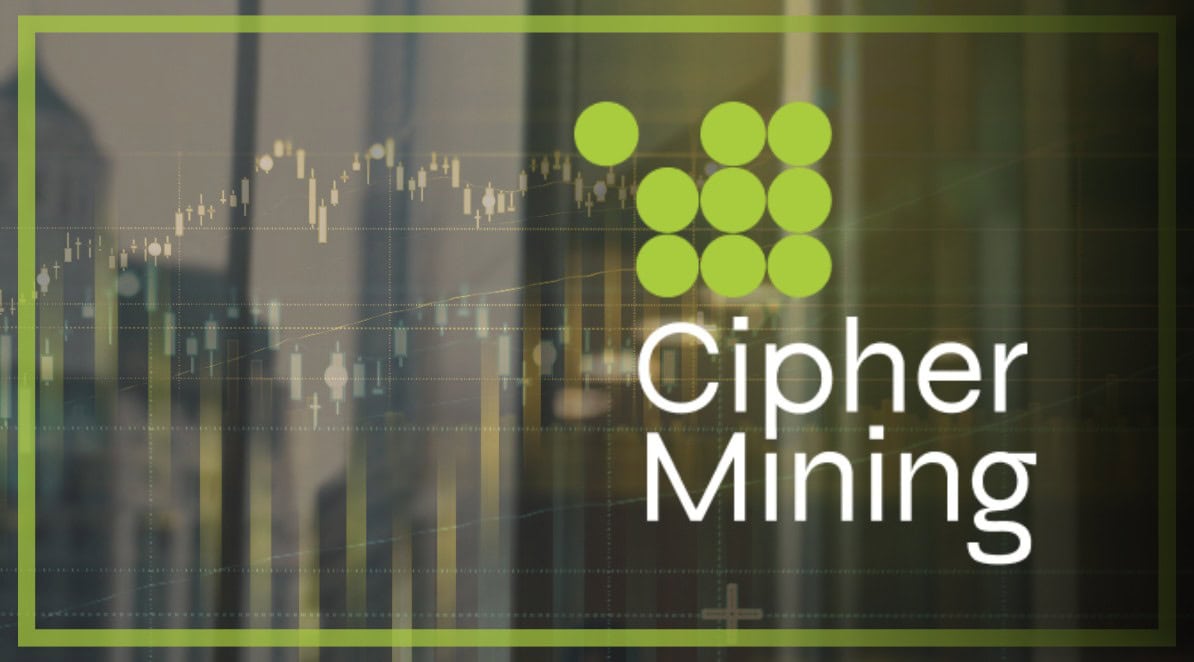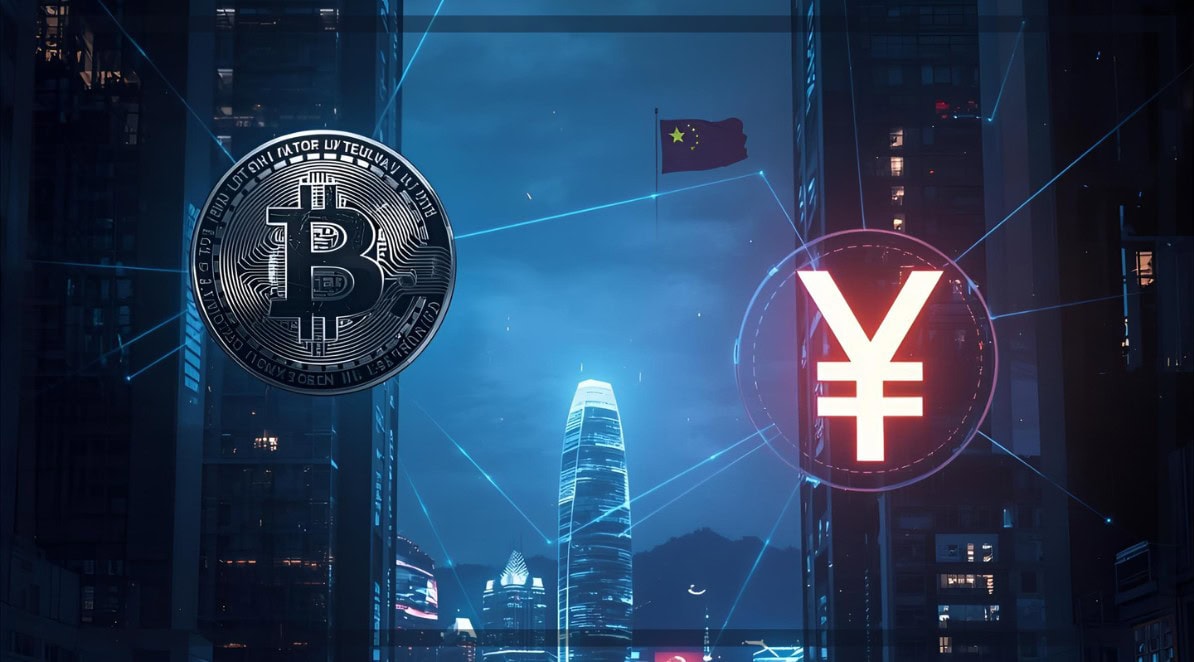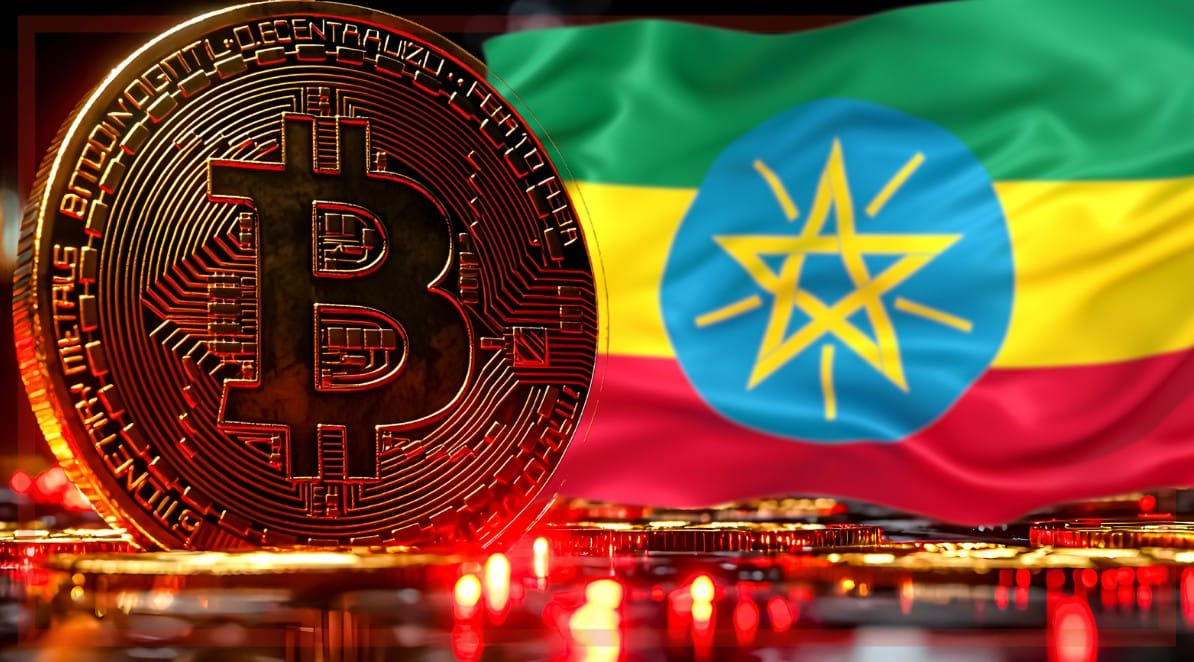Bitcoin mining, once a niche crypto industry, is now positioned at the center of the AI boom. Miners are discovering that it’s no longer enough to mine Bitcoin, and those that could pull off the pivot have shifted to data computing.
Riot Platforms (RIOT), IREN (formerly Iris Energy) (IREN), TeraWulf (WULF), and Cipher Mining Technologies (CIFR) have shifted their resources toward high-performance computing (HPC) infrastructure and AI.
And now, the big 4 of BTC mining are rebranding themselves as the new infrastructure layer for artificial intelligence.
The First Movers Strike Billion-Dollar Deals
Their stocks tell the story. According to BitcoinMiningStock.io, Riot is up nearly 100 percent this year. TeraWulf has surged around 172 percent, and Cipher Mining has rocketed roughly 389 percent. IREN is up +600 percent! The reason for this transformation is simple: the world’s next great commodity may not be Bitcoin; it’s compute.
Miners with capacity to spare are now in a position of strength, and it’s clear from the deals they are inking, which Disruption Banking reported on here. The news that IREN signed a 5-year lease with Microsoft worth an estimated $9.7 billion came on the heels of news of a similar deal with Dell Technologies valued at $5.8 billion.
What they might not know and what their investors probably don’t is that there are pitfalls in the transition. Not every miner will succeed.
A Complex but Necessary Transformation
If this shift was easy, Silicon Valley firms like Dell Technologies or the likes of Microsoft would not have to go to bitcoin miners for the computing power.
Cindy Feng, founder of Bitcoinminingstock.io, told Disruption Banking in an email:
“Shifting from Bitcoin mining to HPC or AI hosting is moderately feasible, but far from straightforward. While many pure-play Bitcoin miners already secured critical assets like electricity, land, and infrastructure, there are several major factors that determine whether a pivot is actually viable.”
She proceeded to list four, writing: “The first is Data Center Suitability. Not all existing mining facilities can be repurposed for HPC. High-density computing workloads have specific requirements around cooling, power density, network latency, and redundancy. Retrofitting a site may not be cost-effective if it wasn’t designed with these specifications in mind.
The second factor is capital requirements building. HPC-grade infrastructure is capital-intensive. Based on recent disclosures, the cost per megawatt can range from $8 million to $11 million (modest assumptions). For miners already managing debt or tight cash flow, funding these expansions presents a significant hurdle.
Third is operational expertise because running HPC or AI data centers requires a very different skill set than managing Bitcoin ASIC farms. Companies need to close talent gaps in areas like cloud infrastructure, system integration, and regulatory compliance.
Fourth, go-to-market and client acquisition. Even with the right infrastructure and team, success depends on the ability to market and monetize the offering. Building trusted relationships with AI clients, cloud platforms, or enterprise users takes time, and there’s no guarantee of quick wins. In short, it’s doable-but not easy.”
The Convergence of Energy, Data, and Intelligence
There wasn’t any choice for IREN, in particular, which Disruption Banking wrote about here, after the firm watched its stock plummet to $5.13 before announcing the strategic pivot.
IREN’s Chief Commercial Officer Kent Draper said, “We have built very high-quality data center facilities historically, that were over-equipped for what you would need for bitcoin mining… But we always had an idea that there would be other use cases like AI moving forward.”
The pivot to hyperscalar compute makes sense and is an intrinsic factor in the process of bitcoin mining: profits decrease by 50% with every bitcoin halving event.
Industry Trend: Miners Becoming Grid Assets
Another potentially profitable activity fast becoming an industry norm for most of the big miners is power curtailment programs offered by local transmission operators and the Electric Reliability Council of Texas, Inc. (ERCOT).
In Riot’s case, curtailment credits reached $8.3 million in Q2 2025 alone, trimming its effective power cost per bitcoin mined by double-digit percentages. Other miners’ credits are smaller in scale but proportionally significant relative to their output.
These moves underline the opportunities available for miners right now, and the market is powerfully rewarding those providing flexible loads and cloud infrastructure.
The line between crypto and cloud is fading fast. Bitcoin miners who once chased block rewards are now fueling the neural engines of the world’s largest companies. Their megawatts are becoming as valuable as any token, and their flexibility on the grid is turning them into indispensable partners in the AI era.
However, there may be risks down the road.
Execution Risk
Cindy Feng warned, “As the initial euphoria settles, a nuanced view of post-deal execution risks is essential. Not all deals are created equal, and the divergence in business models carries different risk profiles. IREN’s $9.7 billion, five-year AI cloud service agreement with Microsoft obligates the company to procure, deploy, and operate an entire NVIDIA GB300 GPU stack. In other words, deliver managed compute as a turnkey service.
Cipher Mining’s HPC hosting deal, by contrast, is infrastructure-only: it leases secured power and rack space while the client supplies and runs its own hardware. Both models will need further funding, and have risks on construction delays and customer concentration. In addition, companies that choose to go with AI cloud service providers have other challenges. Given the example of IREN, the company disclosed $14–16 million per MW of IT load for data center buildout, plus a separate $5.8 billion for GPUs and ancillaries. Even with Microsoft’s 20% prepayment (~$1.94 billion), the remaining capital must be raised in a tight debt market. Also, NVIDIA’s production pipeline is effectively sold out through mid-2026. Any follow-on orders face 12–18 month lead times and 20–30% annual price inflation for high-bandwidth memory.
Lastly, transitioning from Bitcoin mining operations to AI supercluster orchestration demands expertise in distributed systems, high-speed interconnects, and 95%+ GPU utilization. That talent pool is globally scarce, with hyperscalers already paying 50–100% premiums to lock in engineers. So while the AI infrastructure boom is real, execution is now the bottleneck. Winning the contract is just the start; delivery on schedule will separate survivors from the stranded.”
The winners of this transformation won’t be the loudest evangelists but the quiet operators who built scalable, energy-intelligent infrastructure before anyone realized how much compute the world would need. In the race to power the machines that now define modern intelligence, it’s the miners who may hold the keys to the next technological renaissance.
Author: Tim Tolka, Senior Reporter
#Crypto #Blockchain #DigitalAssets #DeFi
The editorial team at #DisruptionBanking has taken all precautions to ensure that no persons or organizations have been adversely affected or offered any sort of financial advice in this article. This article is most definitely not financial advice.














